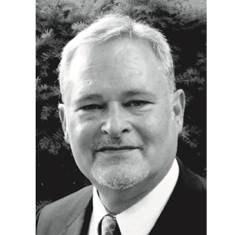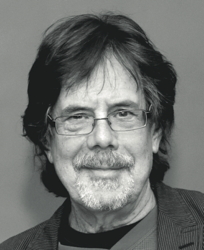By Peter Werbe
 THE ONLY THING THAT MAKES the dark, dull, slate-gray days of November and December tolerable is the holidays those months. We all treasure our time off. We work too damn much even if we like our jobs.
THE ONLY THING THAT MAKES the dark, dull, slate-gray days of November and December tolerable is the holidays those months. We all treasure our time off. We work too damn much even if we like our jobs.
Americans work longer hours than any other Western industrial country. Adults working full-time clock an average of 47 hours a week and that’s an average! Whatever happened to the eight-hour day?
In the 1950s, a UAW caucus advocated a “30-for-40” work week from the then-Big 3 — 30 hours work for 40 hours pay. But in too many work places today we’ve gone in the opposite direction.
Working longer hours for less pay is the equation for enriching the one percent, and it’s been amazingly successful — for them.
Not so much for us, though. We would like to spend less time at our desks, at a counter, or in front of a
machine, and more at leisure and things we want to do!
Even 30 hours at labor would seem onerous to the pre-industrial people who lived here previously on the land our forebears seized. University of Michigan anthropologist Marshall Sahlins wrote in his classic, Stone Age Economics, that hunter-gatherer bands labored very little to sustain themselves to the extent that priests who accompanied the first European invaders were dismayed by how little tribal people worked and instead spending so much time lazing about.
Most of us aren’t ready for a return to tribal ways, so at least let’s see if we can get a little more time off by agitating for more holidays! There are plenty of days that need official recognition (and a few that should be retired), so here’s a month-by- month list which creates some new opportunities for time off with pay.
NEW YEAR’S DAY and the birthday of MARTIN LUTHER KING, JR. on the third Monday of the year are definite keepers. The King celebration may be the most important holiday in contemporary America.
PRESIDENT’S DAY; third Monday in February. This one has to go. Really, Republicans, do you want to celebrate Jimmy Carter, Bill Clinton, and Barack Obama? And, Democrats certainly don’t want to honor Richard Nixon, George W. Bush, and Donald Trump. The first 15 presidents were slave owners. All of them since have been responsible for so many misdeeds, including theft of native land, lies about wars, suppression of civil liberties and civil rights, that we ought to forget about this one and replace it with a PEOPLE’S DAY. Celebrate ourselves, our diversity, and our communities.
VALENTINE’S DAY; February 14. A tribute to love and romance. This needs to be an all-day holiday for re-invigorating our relationships and finding new ones. The Third Century Bishop Valentine helped Christian couples wed and for his efforts was beheaded by the pagan Roman emperor Claudius II. Maybe this is where the expression “losing your head” over a romantic interest came from.
INTERNATIONAL WOMEN’S DAY; March 8. Given world-wide recognition in 1975 by the United Nations,
this celebration of the role of women was declared at a 1910 International Socialist Woman’s Conference in Copenhagen. Women, who are paid less than men and often do double work on the job and at home, need a day off.
SPRING EQUINOX; March 20. The date when the day and night are of equal length. Celebrated in many cultures as a day of renewal and rebirth.
TAX DAY; April 15. A day off to reflect on where our tax dollars are going. A huge transfer of wealth occurs by taxing our incomes which the government turns over to Military/Industrial Complex corporations. For our generous
contribution to the war industry’s bottom line, we deserve at least one day off.
EARTH DAY; April 22. A day on which we ponder what is happening to our planet and that everything bad that Chicken Little predicted is coming true. The sky is really going to fall unless we do something quickly. Also, on the happier side, celebrate what is left of the beauty of the Earth.
MAY DAY/BELTANE; May 1. This is both the date of the original Labor Day (the U.S. put ours in September to
avoid international worker solidarity), and an important pagan holiday of May Poles and fertility rites. Linked together, they are the ideal holiday which needs the entire day to consider serious labor issues followed by pagan revelry.
CINCO DE MAYO; May 5. Annual celebration to commemorate the Mexican Army’s victory over the French Empire in 1862. A significant triumph over imperialism which also can be used to acknowledge that the U.S. ripped off the entire northern half of Mexico. People are understandably upset over Russia’s annexation of Crimea which is about 10,000 square miles. Arizona alone, part of the U.S. conquest, is over 100,000. Let’s treat ourselves to tacos and a margarita, but remembering that to Mexicans this was land theft of enormous proportions.
MOTHER’S DAY. Move to second Monday in May so we get the day off. The origins of the holiday go back to 1870 when Julia Ward Howe, an abolitionist who wrote “Battle Hymn of the Republic,” wanted to establish a Mother’s Peace Day. Howe dedicated the celebration to the eradication of war. Later, it became a sappy Hallmark card day, but still, Mom always deserves to be celebrated.
MEMORIAL DAY; last Monday of May. Combine with Veterans Day. No disrespect to veterans, but two holidays devoted to wars that mostly shouldn’t have been fought doesn’t seem appropriate. For all their sacrifices, the men who fell in American conflicts mostly gave their lives in wars based on outright lies such as the ones in Vietnam and Iraq. And, really, can very many people conjure up why the U.S. fought the War of 1812, the Spanish American War? How about World War I?
FATHER’S DAY. Move to third Monday in June. Let’s honor dad by giving him the day off.
JUNETEENTH; June 19. also known as Freedom Day, commemorates the June 19, 1865 announcement
of the final abolition of slavery in the U.S. at the end of the Civil War. This holiday is celebrated almost exclusively by African-Americans, but it should be one we all take part in since it marked the end of a hideous institution, one that enslaved millions of people and was defended tenaciously by the southern states leaving three/quarters of a million Americans dead.
SUMMER SOLSTICE, June 21. The pagan holiday, Litha, celebrates the longest day of the year.
INDEPENDENCE DAY; July 4. Can’t touch this one, but we should remember that one of the colonists’ complaints against King George was that he wouldn’t allow further expansion into Native people’s land. Also, that the Southern states signed onto independence almost solely because they feared England was going to abolish slavery. “In order to form a more perfect union,” the South insisted that slavery be enshrined in the U.S. Constitution in three places which guaranteed them national political dominance until the Civil War.
We need at least one more holiday in July. International Kissing Day? Tell the Truth Day? The dog days of Summer are in August, so there’s nothing specific to celebrate. This month should be designated as when all workers get two weeks paid vacation in the manner that New York City Mayor Bill de Blasio has proposed for his city’s employees.
HIROSHIMA DAY; August 6. A day of grim commemoration of the destruction of a civilian city at the moment Japan was about to surrender. It had no real military necessity, but rather was a notice to the Soviet Union that not only did the U.S. possess a terrible weapon, but was willing to use it. It will be a good time to consider that we and other countries still face nuclear destruction from possession of these insane weapons. I don’t want to ruin your day, but the Bulletin of Atomic Scientists has set the Doomsday Clock at two minutes to midnight.
LABOR DAY; first Monday in September. Yes, working people deserve two holidays to celebrate their labor.
INTERNATIONAL PEACE DAY; September 21/Fall equinox. ‘Nuff said.
COLUMBUS DAY; October 12. This one has definitely got to go! By 1492, Europeans had ruined their continent with wars, environmental destruction, religious insanity, and was on the verge of social and economic collapse when they burst beyond their geography and began looting what was, to them, a new world. On his first day on Hispaniola, Columbus wrote in his diary about the Arawak people who had welcomed him, “They will make fine servants.” The rest is well-known: slavery, ethnic cleansing, and finally, genocide. New holiday in its place; Indigenous People’s Day.
HALLOWEEN, October 31. We need the whole day for costuming and revelry. Come as your fantasy, but white people: no black face or sombreros and mustaches, or the like. Confused as to what is cool to wear? Google “Halloween: what not to wear.”
VETERANS DAY; November 11. Gone. See Memorial Day. This originally was Armistice Day marking the end of the World War I carnage.
THANKSGIVING DAY. This celebration has the same problems as Columbus Day but, like Christmas, its original meaning is pretty much lost and is mostly a family event, so it stays.
CHRISTMAS/WINTER SOLSTICE, December 25. So much of the Christmas stuff was taken from the pagan recognition of the Solstice marking the returning of the light, and its religious element is so minimized that it is now a festival of gift giving, family, and feasting. So, it stays.
We really deserve a lot more days off than chronicled above, but let’s start with these and make them a  reality. Let them all be marked by processions, festivals, dancing in the streets, and feasts. Workers of the world, relax!
reality. Let them all be marked by processions, festivals, dancing in the streets, and feasts. Workers of the world, relax!
Peter Werbe is a member of the Fifth Estate magazine’s editorial collective www.FifthEstate.org.

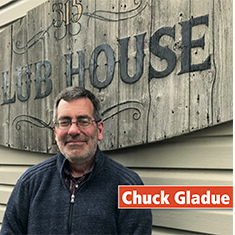
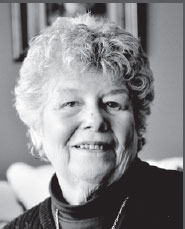
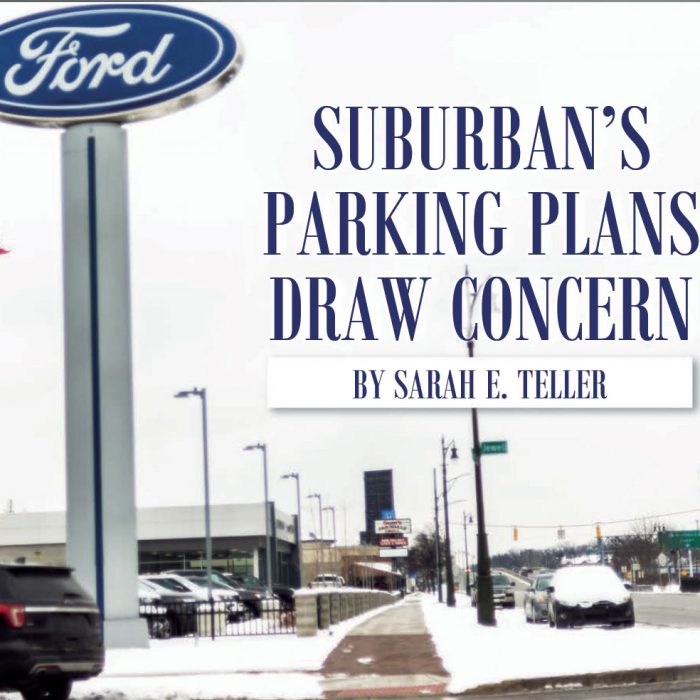
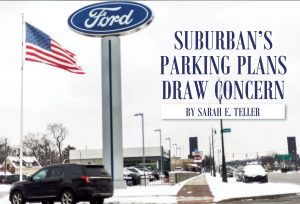



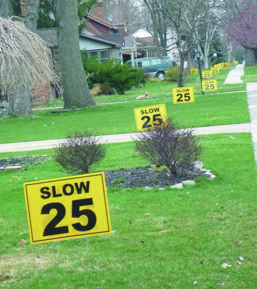
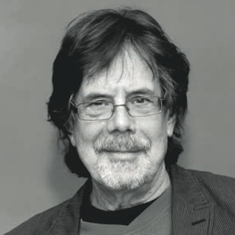 meetings, their greatest concern often isn’t crime, zoning, or water bills. It’s complaints about cars speeding on their neighborhood streets.
meetings, their greatest concern often isn’t crime, zoning, or water bills. It’s complaints about cars speeding on their neighborhood streets.